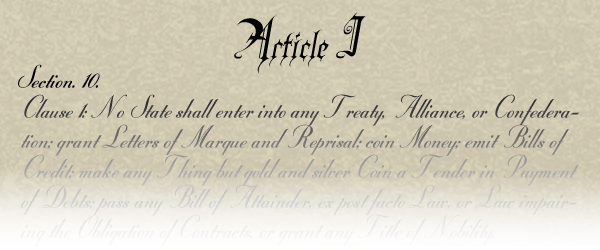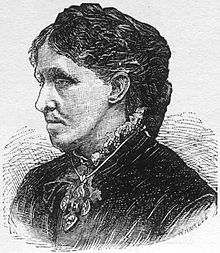Its vs. It’s, and how the Constitution of the United States got it wrong

It’s one of the most annoying peculiarities of the English language, instilling dread in both elementary student and published author alike. I speak, of course, of its versus it’s.
Normally, to mark the possessive form of a noun, you use an apostrophe. “Billy’s car,” “Susie’s xylophone,” “Frank’s tub of popcorn,” etc. However, that’s not true when it comes to ‘it.’ The possessive form of ‘it’ is ‘its.’ No apostrophe. Understandably, this is probably the most common grammatical error.
This rule applies to all pronouns as well, not just to ‘it.’ The possessive form of ‘her,’ ‘their,’ and ‘our’ is ‘hers,’ ‘theirs,’ and ‘ours,’ respectively. But, most people never make this mistake for two reasons. One, using a possessive pronoun in any type of writing is pretty rare outside of ‘its.’ Two, it just looks wrong (their’s). Yet because “it’s” is a common contraction of “it is” or “it has,” you tend to see it a lot.
So to know whether to use “it’s” or “its,” read the sentence with “it is” or “it has.” If it makes sense, use an apostrophe. If it doesn’t make sense, no apostrophe.
The dog smashed its head into the wall.
“The dog smashed [it is] head into the wall,” doesn’t make sense, so no apostrophe.
It’s going to be a rainy day.
“[It is] going to be a rainy day,” makes sense, so use an apostrophe.
If you still get tripped up from time to time, don’t fret! Even the founders of the United States got it wrong. Article 1, Section 10:
No State shall, without the Consent of the Congress, lay any Imposts or Duties on Imports or Exports, except what may be absolutely necessary for executing it’s inspection Laws.












this is so cool!
Interesting. Is there a reason this mistake cannot be changed in the Constitution? Or is it some older constitution and is preserved for history?
From what I understand, I’m pretty sure even simple grammar fixes to the Constitution would require an amendment. That means you’d have to get the House, 2/3 of the Senate, and 3/4 of the States to agree to the change.
While I’m pretty sure 100% of the people would of course agree to the change, putting all that together is a lot of work for just removing an apostrophe! In this case, leaving the error in is easier than getting rid of it.
I also think it may be that people are just paranoid in general about altering something, no matter how small, on such an important historical document. Add that to the effort it would take and a lot of people see no actual point in changing it.